Todd Rose’s book “The End of Average” has underscored the connection between learner variability and the opportunities for personalized learning afforded by education technology. To date, however, the conversation has largely omitted the perspective of teachers. Personalized learning means profound changes to teaching practice. Unless we delegate teaching to adaptive software (a bad idea!), teachers are going to need a lot more support than they are receiving now. We need a more robust discussion of the foundation of personalized learning: personalized teaching.
“Personalized teaching” to me means giving teachers the tools to implement differentiated instruction for their students on a sustained basis. “Personalized learning” complements this by allowing for student agency to make guided choices about their individual learning path, pacing, and how they pursue their interests. Rather than ceding the personalization process to a mysterious adaptive software algorithm, personalized teaching recognizes the vast design challenge this poses for teachers. The reason I co-founded Speak Agent together with CTO Katie Cunningham was my frustration as a former ESL teacher with the inflexibility of most education technologies for real-world teaching. To answer the question “What comes next?” here are five principles for how we in the ed tech community could better develop personalized teaching in support of personalized learning:
Principle #1: Run a marathon, not a sprint.
Personalization technologies should be designed to allow for incremental implementation. Because we are talking about profound changes in teaching practice, we must recognize that each teacher will have different capacities for and experiences with using technology. Teachers won’t all be able to move forward at the same pace or dedicate the same amount of time and effort. They need flexibility to personalize their own journeys through the change. We intentionally designed Speak Agent, for example, to offer a continuum of ways for teachers to interact with our academic language teaching tools and learning strategies. Initially, teachers can use prefabricated digital lessons. They can then progress to adapting lessons made by other teachers, culminating with building their own. Teachers can also start by using Speak Agent as a tool for curriculum-aligned independent practice and then try it with whole-class instruction, peer mentoring, and differentiated instruction. Like their students, teachers need to break up learning into manageable steps—and master each step before moving up to the next level.
Principle #2: Make it relevant.
Teachers don’t personalize in a vacuum. They need content and tools that are relevant to existing curricula, programs, and assessments. They need the scope, sequence, and pacing from disparate resources to align with their teaching needs and not spin off in different directions. Many of the ed tech solutions that claim to adapt to a student’s performance are based on algorithms that are too narrow, opaque, and uncontrollable. These aren’t working in partnership with teachers to leverage their ideas and resources. Personalization technology should afford teachers the opportunity to address relevant content needs in creative, relevant ways without any technical know-how.
Principle #3: Treat flexibility as a precious resource.
Classrooms vary greatly in terms of technology access, language backgrounds, and instructional practices. Personalization technologies must offer flexibility in all of these aspects or risk being unhelpful. What if my class has laptops or tablets for only half the students? Or maybe today we can’t access the computer lab. What are my alternatives? Cross-platform technologies are a start, but they should also accommodate a variety of instructional practices, from independent practice to small group and guided practice. They should also offer a choice of learning modes, such as auditory, visual, verbal, experiential, and kinesthetic. Beyond the benefits of multimodal learning, there may be times when certain learning modes are impractical, such as when a projector is broken or when there aren’t enough working headphones. Providing a flexible solution mitigates teacher burden, whereas inflexible solutions are likely to increase it.
Principle #4: It takes a village. So build one!
Most teachers will need extensive support as they adapt to changing roles and practices. This includes year-round professional development, planning, and collaboration. Education technologies should facilitate building on the work of fellow teachers. Speak Agent seeks to do this by enabling teachers to share their customized academic language games, activities, and multimodal content. Teachers also need communities of practice around personalization to distill and disseminate best practices and curate shared content. Finally, we need learning scientists to participate in these communities, providing guidance along the path of evidence-based learning strategies. This is why we’re so excited about our partnership with Digital Promise.
Principle #5: Teachers need personalized learning, too.
In order to succeed at personalized teaching, teachers themselves need professional development that is tailored to their needs. We are exploring application of Speak Agent’s academic language learning model to adult learners, including teachers. A key part of our vision is to address both sides of the personalization equation—teaching and learning—by providing transparent, accessible tools for teachers and students alike.



